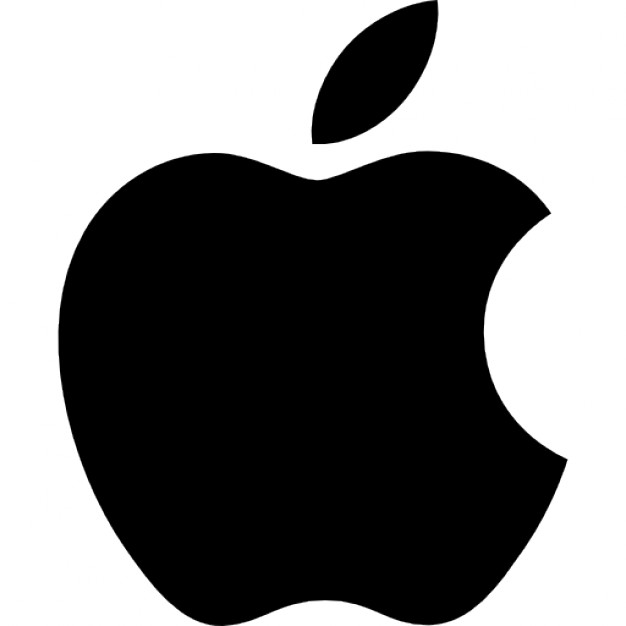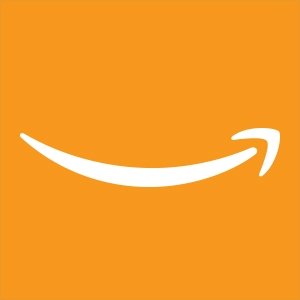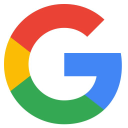How We Started An Eco-Friendly Blog & Monetized Within 1 Year
Hello! Who are you and what business did you start?
Hello! We’re Dave, Cynthia, and Michelle from Blue Oceans Green Earth. We launched the site to promote eco-friendly alternatives to plastic items. What started out as a part-time experiment became a brand in less than a year.
It wasn’t smooth sailing. Along the way, we lost our souls and almost shut them down. Having a team saved the business and we are currently aiming for $500 in monthly revenue.

What's your backstory and how did you come up with the idea?
Cyn and I (Dave) started the site as an extension of our plastic reduction lifestyle. We are not eco-warriors but we did make the personal decision to cut back on plastic because less than 10% of it is recycled.
During the pandemic's slowdown, I was thinking about launching an affiliate marketing website. We’ve...

Download the report and join our email newsletter packed with business ideas and money-making opportunities, backed by real-life case studies.

Download the report and join our email newsletter packed with business ideas and money-making opportunities, backed by real-life case studies.

Download the report and join our email newsletter packed with business ideas and money-making opportunities, backed by real-life case studies.

Download the report and join our email newsletter packed with business ideas and money-making opportunities, backed by real-life case studies.

Download the report and join our email newsletter packed with business ideas and money-making opportunities, backed by real-life case studies.

Download the report and join our email newsletter packed with business ideas and money-making opportunities, backed by real-life case studies.

Download the report and join our email newsletter packed with business ideas and money-making opportunities, backed by real-life case studies.

Download the report and join our email newsletter packed with business ideas and money-making opportunities, backed by real-life case studies.



























